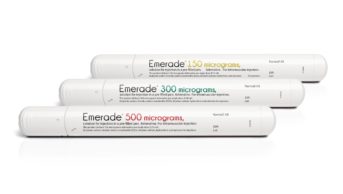
Shutterstock.com
Patients who are allergic to gluten will now only be able to be prescribed gluten-free (GF) bread and flour mixes, the government has said.
Announcing its decision, the Department for Health and Social Care said that limiting prescriptions of gluten-free products would “deliver savings to the NHS and help mitigate the risk that those on lower incomes would not be able to purchase their own GF foods from retail outlets where price is often higher and availability more limited”.
The decision follows a public consultation on GF prescribing that ran alongside a wider consultation on limiting routine prescribing of a range of products in primary care. That consultation led to NHS England guidance for clinical commissioning groups (CCGs) on the prescription of low value items including homeopathy, herbal treatments, and omega-3 fatty acid compounds.
Before the GF prescribing consultation, coeliac patients benefited from prescriptions for all GF foods, costing the NHS an estimated £25.7m a year.
The government estimates that an additional £10m could be saved through patients no longer needing to attend GP appointments in order to get their GF prescriptions.
Currently, staple GF foods such as bread, flour and pasta are available on prescription to patients diagnosed with gluten sensitivity. GF foods have been provided on prescription to these patients since the late 1960s when they were less available.
Evidence from CCGs has shown that the NHS pays much more than the consumer for the same GF products.
In a statement, charity Coeliac UK said it was pleased that the needs of coeliac patients had been recognised at a national level, but it expressed concern that some individual CCGs were removing access to GF foods in some areas.


